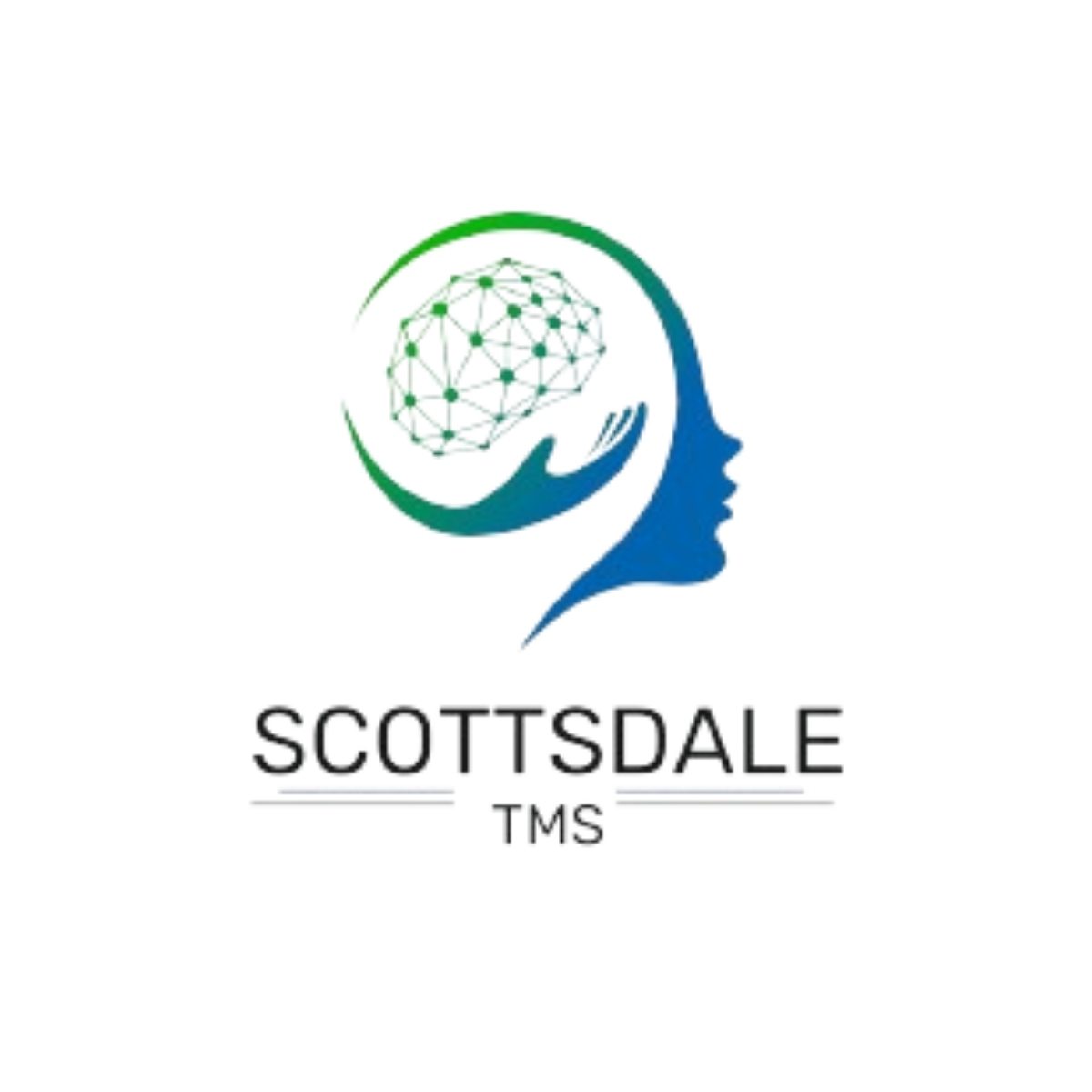Mental health treatment has advanced rapidly in recent years. Among the most promising breakthroughs is PRTMS therapy, short for Personalized Repetitive Transcranial Magnetic Stimulation. This approach uses the science of brainwaves and magnetic stimulation to help people struggling with conditions like depression, anxiety, and PTSD.
Unlike medication-based treatments, PRTMS is drug free and non-invasive. It is based on the foundation of transcranial magnetic stimulation (TMS), a therapy already cleared by the FDA for major depressive disorder (MDD). But PRTMS takes it further by tailoring treatment to each person’s unique brain activity.
Questions Answered in This Article:
Our Alcohol Addiction Treatment Programs

Scottsdale Rehab
Luxury Personalized Rehab

Hart Rehab
Holistic Luxury Personalized Rehab

Scottsdale Detox
Luxury Medical Detox
Understanding PRTMS Therapy
PRTMS therapy is an advanced form of rTMS treatment, which means repetitive transcranial magnetic stimulation. A small device places a magnetic field over the head to gently stimulate specific brain regions involved in mood and focus.
What sets PRTMS apart is its personalized approach. Before treatment, patients undergo an EEG test that records brainwave activity. Doctors then design a treatment planning program that adjusts the frequency, intensity, and placement of stimulation. This helps restore healthy brain function patterns.
Each treatment session lasts about 20 to 30 minutes. Over time, repeated stimulation helps “retune” the brain, easing symptoms of depression, anxiety, and other mental health conditions.
Benefits of Personalized Repetitive TMS Therapy
The biggest advantage of PRTMS therapy is personalization. While traditional TMS targets one general area, PRTMS customizes the stimulation for each patient’s brainwave patterns.
Here are some key benefits:
- Effective treatment for patients who do not respond to medication alone.
- Helps reduce depressive symptoms in conditions like major depressive disorder (MDD) and bipolar disorder.
- May improve outcomes for obsessive-compulsive disorder (OCD) and post-traumatic stress disorder.
- Drug-free approach reduces reliance on antidepressant medication.
- Patients often report improvements in sleep, focus, and mood stability.
Research shows the promise of this approach. According to a study on rTMS, around 60% of patients completed treatment with significant relief from depression when medication had failed. Personalized methods like PRTMS may further improve those outcomes.
Conditions Treated with PRTMS Therapy
PRTMS therapy shows promise for a wide range of mental health struggles. Common treatment options include:
- Major Depressive Disorder (MDD): A leading use, especially for those resistant to standard antidepressant treatment.
- Bipolar Disorder: Helps reduce mood instability without adding more medication.
- Obsessive Compulsive Disorder (OCD): Can reduce intrusive thoughts and compulsions.
- Post-Traumatic Stress Disorder (PTSD): Targets brain areas impacted by trauma.
- ADHD and Focus Disorders: Improves concentration and attention span.
- Sleep Disorders: Supports healthier brainwave patterns for rest.
Because it is a drug-free therapy, it appeals to patients who cannot tolerate or prefer to avoid long-term antidepressant medication.
PRTMS vs. TMS Therapy
At first glance, PRTMS and standard transcranial magnetic stimulation (TMS) look similar. Both use a magnetic field to stimulate brain cells. Both are non-invasive and free of systemic side effects that often come with medication.
However, there are important differences:
- PRTMS uses EEG mapping to guide treatment, while TMS often follows a standard protocol.
- Treatment planning in PRTMS is dynamic, adjusting over time based on brainwave feedback.
- PRTMS may address a broader range of mental health conditions, while TMS is primarily FDA-cleared for depression and OCD.
In short, while TMS is effective, PRTMS adds another layer of precision and adaptability.
What to Expect During a PRTMS Session
Starting PRTMS begins with an initial assessment. Patients complete an EEG brainwave test, which guides the treatment planning.
Similar to standard TMS therapy, a small rTMS treatment coil is placed over the scalp, which delivers magnetic pulses that stimulate the targeted brain regions. Typical sessions last for about 20-30 minutes, five times a week. A standard complete treatment usually lasts 4-8 weeks.
Some people experience scalp discomfort or mild headache during early sessions. However, these effects are temporary and usually fade quickly.
Does Insurance Cover PRTMS Therapy?
Coverage for PRTMS can be complicated. While standard transcranial magnetic stimulation (TMS) is FDA-approved and often covered for major depressive disorder (MDD), PRTMS is still considered an advanced version.
Some insurance companies may cover it under TMS benefits, but others may not recognize the personalization methods yet. Patients should:
- Ask providers if they bill under TMS coverage codes.
- Contact their insurance company directly.
- Explore financing or payment plans if coverage is denied.
As awareness grows, more insurance carriers may expand coverage for PRTMS.
Finding Help and Treatment
When choosing the right clinic, it is important to look for:
- Experienced providers specializing in rTMS treatment.
- Use of EEG mapping for customized treatment planning.
- Positive patient outcomes and testimonials.
Ask about expected results, side effects, and whether they help with insurance paperwork.
PRTMS therapy represents an exciting step forward in brain-based care. Personalizing rTMS treatment offers a more effective treatment for those struggling with depression, anxiety, OCD, and other mental health conditions.
It is safe, non-invasive, and drug free, making it an appealing alternative or addition to antidepressant medication. While coverage by insurance companies varies, growing evidence suggests that personalized brain therapies are the future of treatment for depression and beyond.
If you or someone you know is exploring new treatment options, PRTMS may be worth discussing with a mental health professional or a local TMS provider near you.

